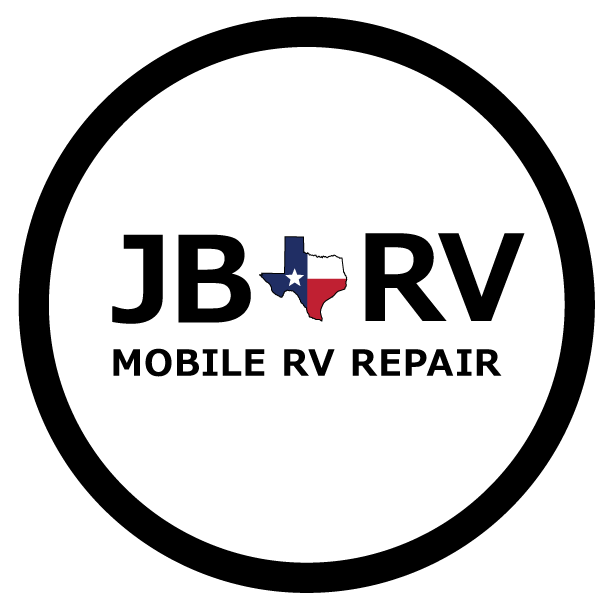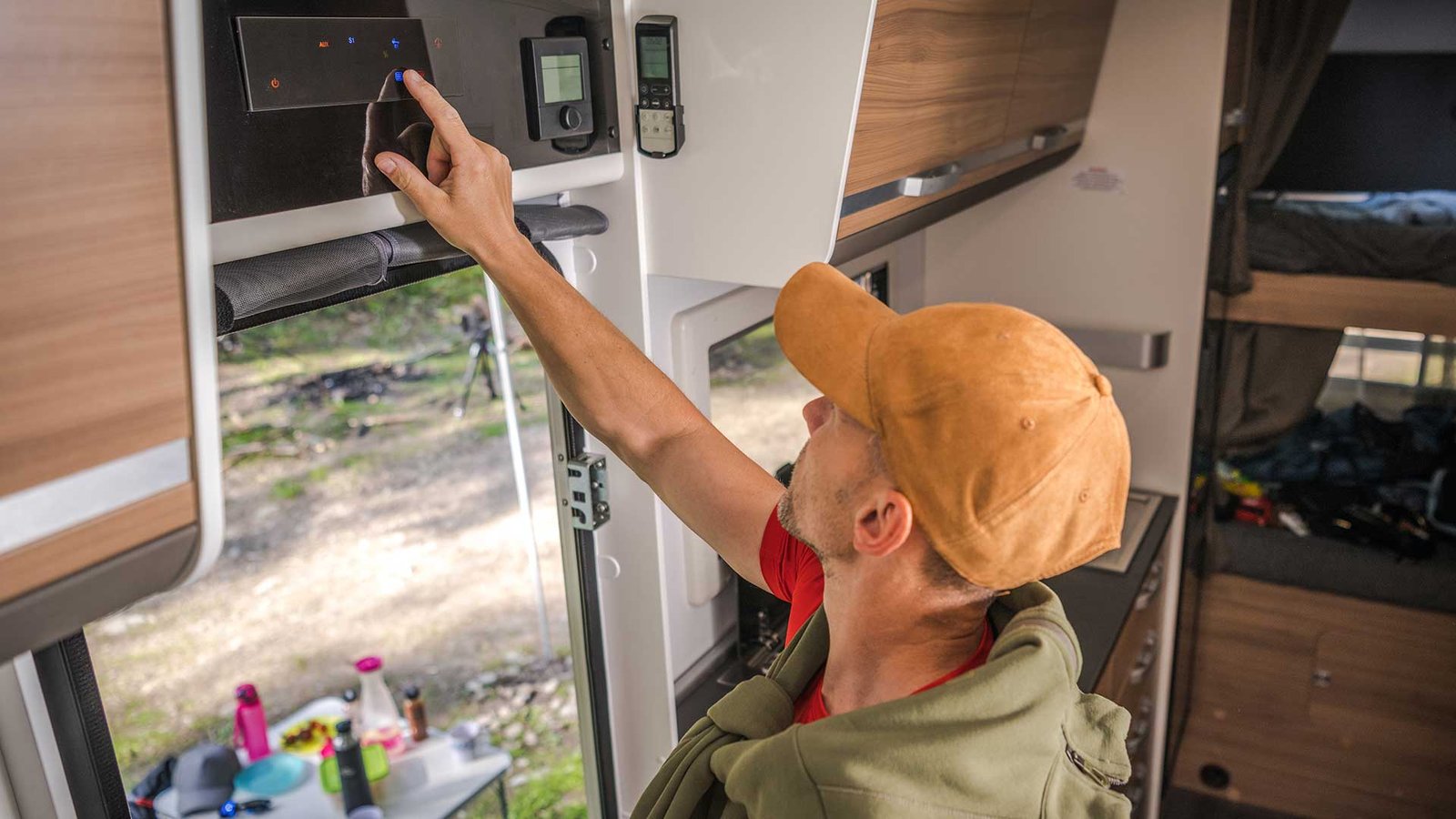Few things are more frustrating than turning on your RV’s air conditioner during a hot day—only to feel warm air blowing from the vents. If you’re living or traveling in your RV, your comfort depends on a properly functioning A/C. This guide will help you understand the most common reasons an RV A/C blows warm air, what you can do about it, or when you may need to schedule an RV A/C Repair.
1. Low Refrigerant Levels
Just like in your home or car, your RV air conditioner requires refrigerant to cool the air. Over time, refrigerant can leak out due to worn seals, loose fittings, or microscopic cracks in the system. Unlike home units, many RV A/Cs are sealed systems and aren’t designed to be recharged easily—but some models can be serviced.
Solution: If you suspect a refrigerant issue, it’s best to have a professional RV A/C technician inspect the system. At JBRV Mobile RV Repair, we can determine if the refrigerant is low and whether the system is serviceable or needs replacement.
2. Dirty or Clogged Air Filters
Air filters trap dust, dirt, and allergens from circulating through your RV. Over time, these filters become clogged, restricting airflow and preventing the A/C from cooling efficiently. This is one of the most common—and easily fixable—issues.
Solution: Remove and inspect your air filters. If they’re dirty, either clean or replace them. Ideally, filters should be checked monthly and replaced every 2-3 months during heavy use.
3. Frozen Evaporator Coils
It may sound odd, but ice on the evaporator coils can cause your A/C to blow warm air. This usually happens due to poor airflow, dirty coils, or low refrigerant levels. Ice buildup prevents proper heat exchange, which is critical for cooling the air.
Solution: Turn off the A/C and let the coils thaw. Then inspect the filter and coils. If icing happens repeatedly, it could point to a deeper issue that needs professional diagnosis.
4. Thermostat Issues
If your thermostat isn’t reading the interior temperature correctly or is malfunctioning, it may not be triggering the cooling cycle. This can lead to the fan running while the compressor remains off, resulting in warm air.
Solution: Test the thermostat by adjusting the temperature setting and observing if the compressor kicks on. If not, it may need recalibration or replacement.
Learn more in this article: How to Maintain Your RV A/C for Maximum Efficiency
5. Faulty Capacitor or Compressor
The capacitor helps start the compressor and fan motors in your air conditioner. If it’s failing or the compressor is worn out, your unit may run but not cool. These electrical components tend to wear down over time.
Solution: Diagnosing and replacing these parts requires electrical knowledge and specialized tools. Contact a mobile RV technician like JBRV for a safe and accurate repair.
6. Blocked or Damaged Ducting
If your RV has a ducted A/C system, blockages or damage to the ducts can prevent cool air from reaching the living area. Rodents, dirt, or accidental damage may be the culprit.
Solution: Inspect the ductwork for obstructions, kinks, or disconnected sections. If access is limited or repairs are needed, a mobile service technician can help.
7. External Temperature and Unit Capacity
Sometimes your A/C is working properly, but it just can’t keep up with extreme outdoor temperatures. RV A/C units are typically rated for moderate use and may struggle in triple-digit Texas heat.
Solution: Park in shaded areas when possible, use reflective window covers, and consider supplementing with portable fans or a secondary unit.
Learn more in this article: Best Practices for Running Your RV A/C in Extreme Heat
When to Call a Professional
If you’ve tried basic troubleshooting and your RV air conditioner is still blowing warm air, it’s time to call in the experts. Some problems—especially refrigerant leaks, compressor failures, or electrical issues—require specialized tools and skills.
If your RV A/C is blowing warm air, don’t sweat it—literally. The certified mobile technicians at JBRV Mobile RV Repair can come to your location, diagnose the problem, and get you back to cool comfort in no time. Whether it’s a simple filter change or a more complex compressor issue, we’ve got the tools and experience to handle it.

